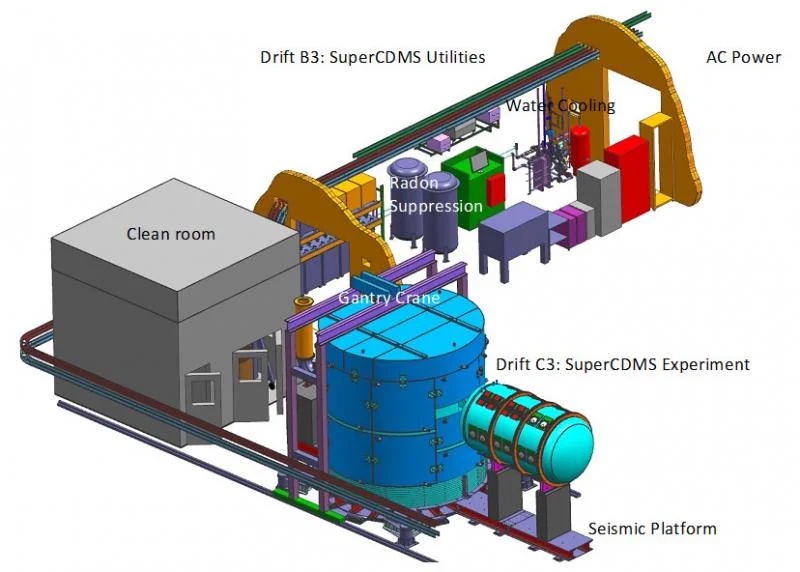So much in science is based on constraints. If scientists don’t understand something, they try to constrain it as much as possible so that more precise experiments can finally detect whatever the theorized phenomenon is. Dark matter is notoriously difficult in this regard, as it has evaded detection for over a century at this point, despite even more precise instruments trying to capture a glimpse of it. One of those instruments is the Super Cryogenic Dark Matter Search (SuperCDMS), run by the SLAC National Laboratory and located in northern Minnesota. To help further the cause, researchers looked at the data from the experiment while considering a few new possibilities, and while they didn’t find any evidence of dark matter, they helped tighten the constraints even more.
Continue reading “Dark Matter Experiment Fails to Turn Up the Mysterious Particle, but Narrows its Hiding Places”
